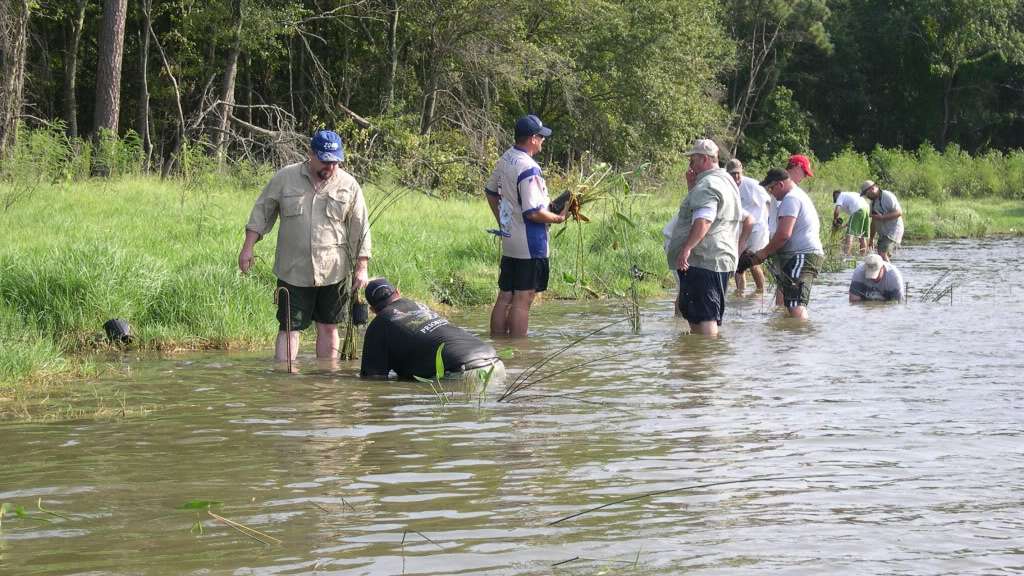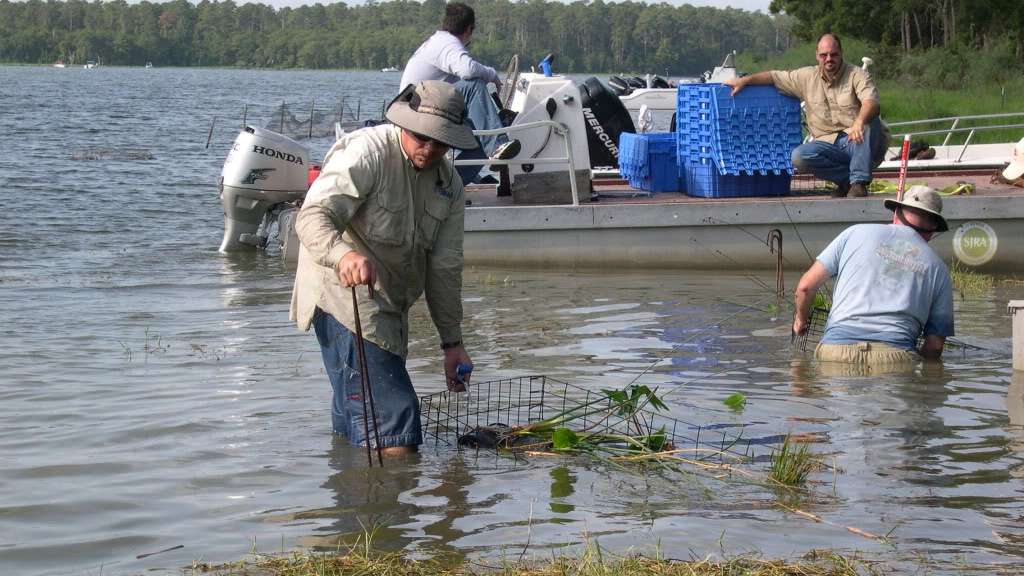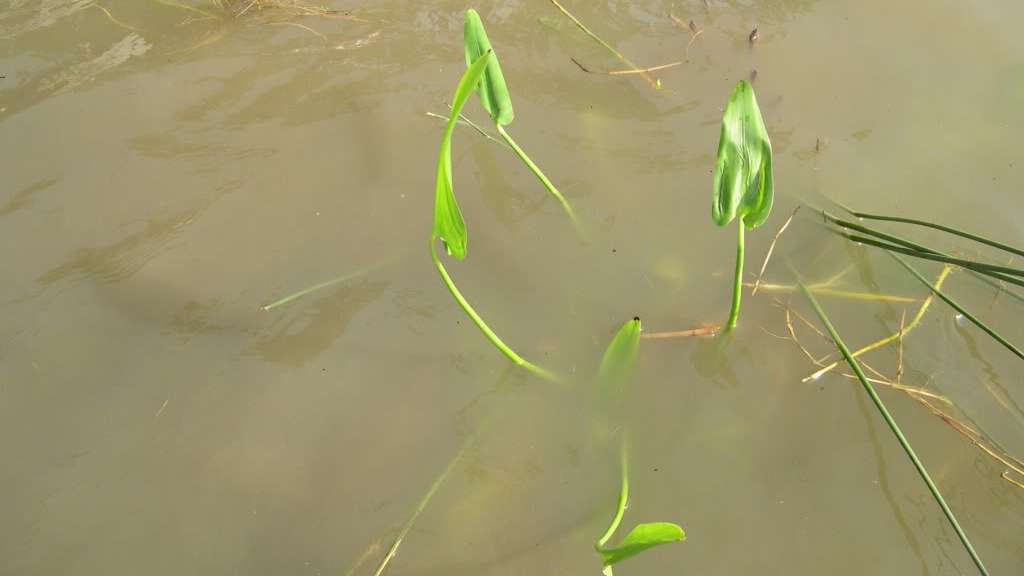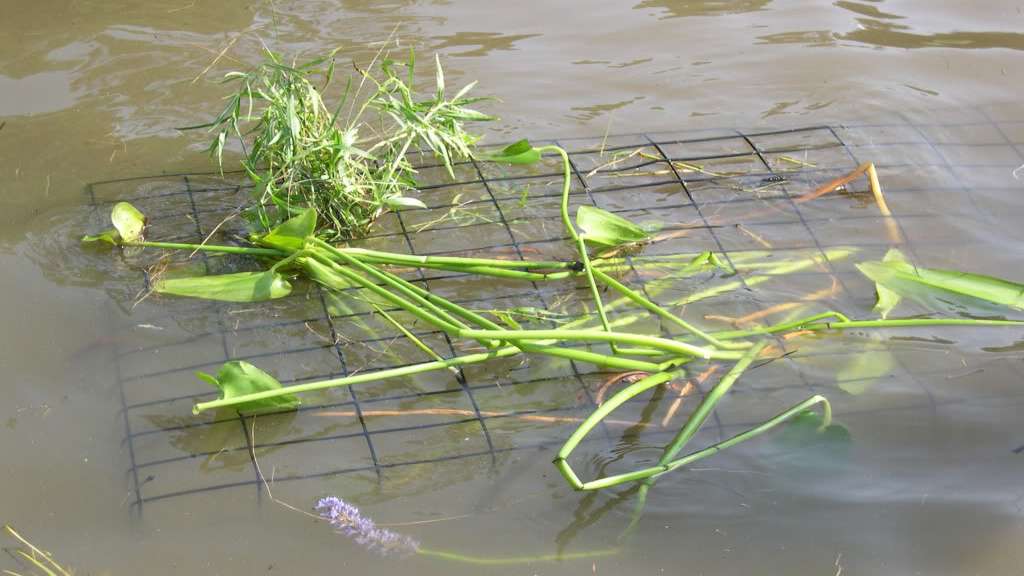
Seven Coves Bass Club has received some impressive recognition for its conservation efforts.
In 2013, the Texas B.A.S.S. Nation (TBN) affiliate was awarded the Texas Environmental Excellence Award from the Texas Commission on Environmental Quality. “This is probably the highest recognition our conservation program has received to date,” said Tim Cook, TBN conservation director. “Every member of the Texas B.A.S.S. Nation should be proud to be part of an organization that gives so much back to the sport we all love.”
And now, Lake Conroe, a Houston-area bass fishery that the club has helped shepherd to world-class status during the past eight years, will be the site of the 2017 GEICO Bassmaster Classic, March 24-26.
“We’re pretty pumped about it,” said Ron Gunter, a past president and conservation director for the club. “It’s an opportunity to showcase what we, with all our partners, have done.”
But, he was quick to add, bringing to Classic to Conroe wasn’t the priority, or even a consideration. “We just wanted to protect and enhance the fishery.”
In doing so, though, they helped create a fishery worthy of the Classic, according to Tim Cook, TBN conservation director. “It’s been producing 30-pound stringers all summer long,” he said. “The lake has a significant number of 8-pound fish and I’m expecting that six to ten over 8 pounds will be caught each day. We’ve had five Toyota Texas Bass Classics on that lake, so anglers know how good it can be.”

Dave Terre, Management/Research chief for the Texas Parks and Wildlife Department (TPWD), meanwhile, said, “Seven Coves is a bold club with big-picture thinkers.”
“I would love to have more organizations like that, with members who recognize the challenges that we face with multi-use reservoirs. You have to manage for many purposes. You never get your way when you are fighting for just one thing. You have to be reasonable.”
Led by Gunter, Derek Taylor, and others, Seven Coves recognized that grass carp, much hated by most bass anglers, were a necessary management tool to accommodate lakefront property owners and keep invasive hydrilla under control, according to Terre. They did so even though the carp had obliterated much of the 21,000-acre reservoir’s fish habitat.
“Many anglers would have fought it (stocking grass carp), fought it, and fought it,” Terre said. “But they joined in a more holistic approach and took action to enhance native aquatic plants.”

As part of an overall management plan for the lake in 2008, the club was awarded a grant for about $45,000 from B.A.S.S. and the U.S. Fish and Wildlife Service to build a plant nursery on property provided by the San Jacinto River Authority. The latter and TPWD also helped finance the effort. According to Terre, Seven Coves also became the first chapter in Texas and the nation for Friends of Reservoir, a non-profit dedicated to protecting and/or restoring habitat in reservoir systems.
“With the assistance and advice of TPWD, the San Jacinto River Authority, and the U.S. Army Corps of Engineers Lewisville Aquatic Ecosystem Research Facility, they started growing native aquatic plants to go into Lake Conroe,” said TPWD biologist Mark Webb. “They opened that opportunity up to anyone who wanted to participate, and they were getting help from master naturalists, from master gardener groups, from local citizens. More people all the time were getting excited about coming in and helping to grow ecologically appropriate native plants to provide the kind of habitat we need for fish and wildlife in Lake Conroe.”
And on Saturday, July 25, the following year, 150 plants grown in the nursery were placed in Lake Conroe, shielded from grass carp and turtles with protective cages. Many more were to follow, as Seven Coves also expanded its alliances for the betterment of the fishery.

“This project has brought a wide range of stakeholders closer together, which has been a positive for the angling community,” said Gunter, who also is TBN’s assistant conservation director. “Agendas have been established that take into account the best interests of the reservoir and its fishery. New partnerships have developed, and this has brought an influx of fresh ideas, assuring that the fishery will be protected now and in the future.”
Today, the nursery still produces plants for Conroe, but TPWD and the Corps have taken a larger role in that aspect of alliance, while Seven Coves members are devoting more time to helping the agency with artificial structure for the fishery. “We wouldn’t have the manpower to do that if Texas Parks and Wildlife weren’t helping more with the plants,” Gunter said.
“The plant work is to help propagate the (bass) species, and that definitely has helped on Conroe,” Gunter added. “The attractors will help anglers find a place to fish.”
Still, sustaining the quality of the fishery will remain a challenge, according to Taylor, “Invasives control and native plant re-introduction always will be a balancing act in conjunction with carp and mortality,” he said. “But we have started to see a good balance the last two years. We just have to have patience in the process and adjust with the ecological challenges, which now include the threat of zebra mussels.”
For now, though the future looks bright. Gunter estimated that Conroe has 1,200 to 1,400 acres of beneficial aquatic vegetation, with only a few “minute hydrilla patches” at present. “With Texas Parks and Wildlife, our goal has evolved from propagating to determining the magic number of grass carp for controlling the hydrilla, while allowing the beneficial vegetation to survive.”
And as Gunter and other Seven Coves members watch Classic contenders head out onto Conroe to compete, he added, they will be “like a bunch of proud pappas over the whole thing.
“We’re extremely proud to have the Classic come to a lake that we’ve poured so much blood, sweat, and tears into.”

